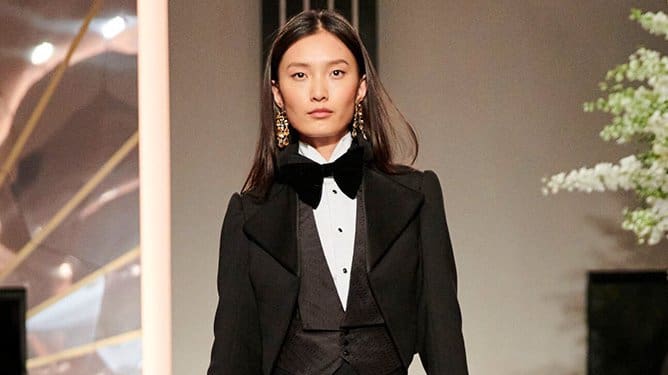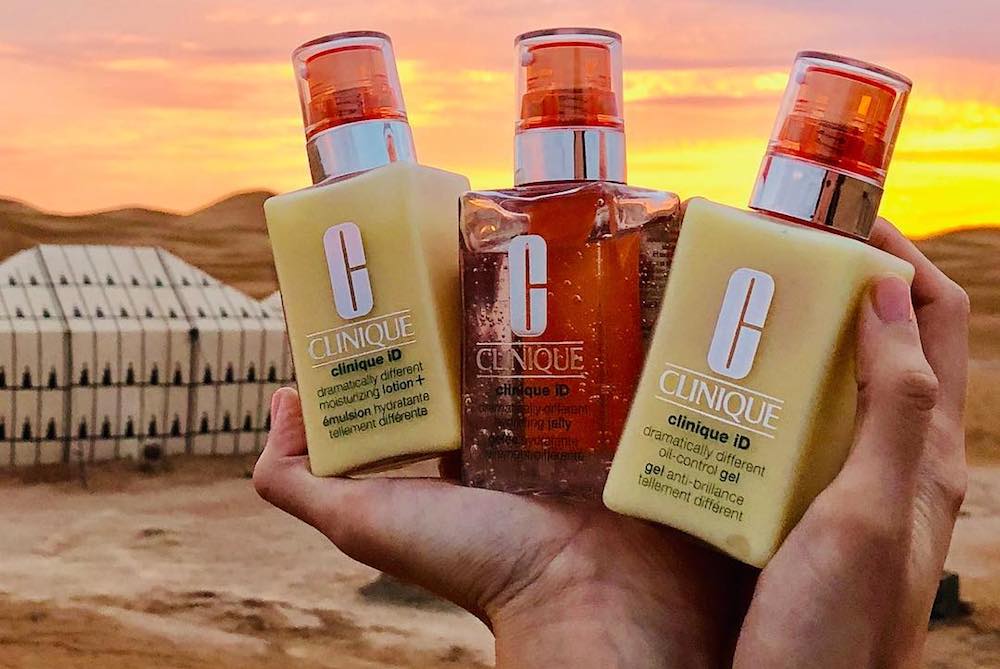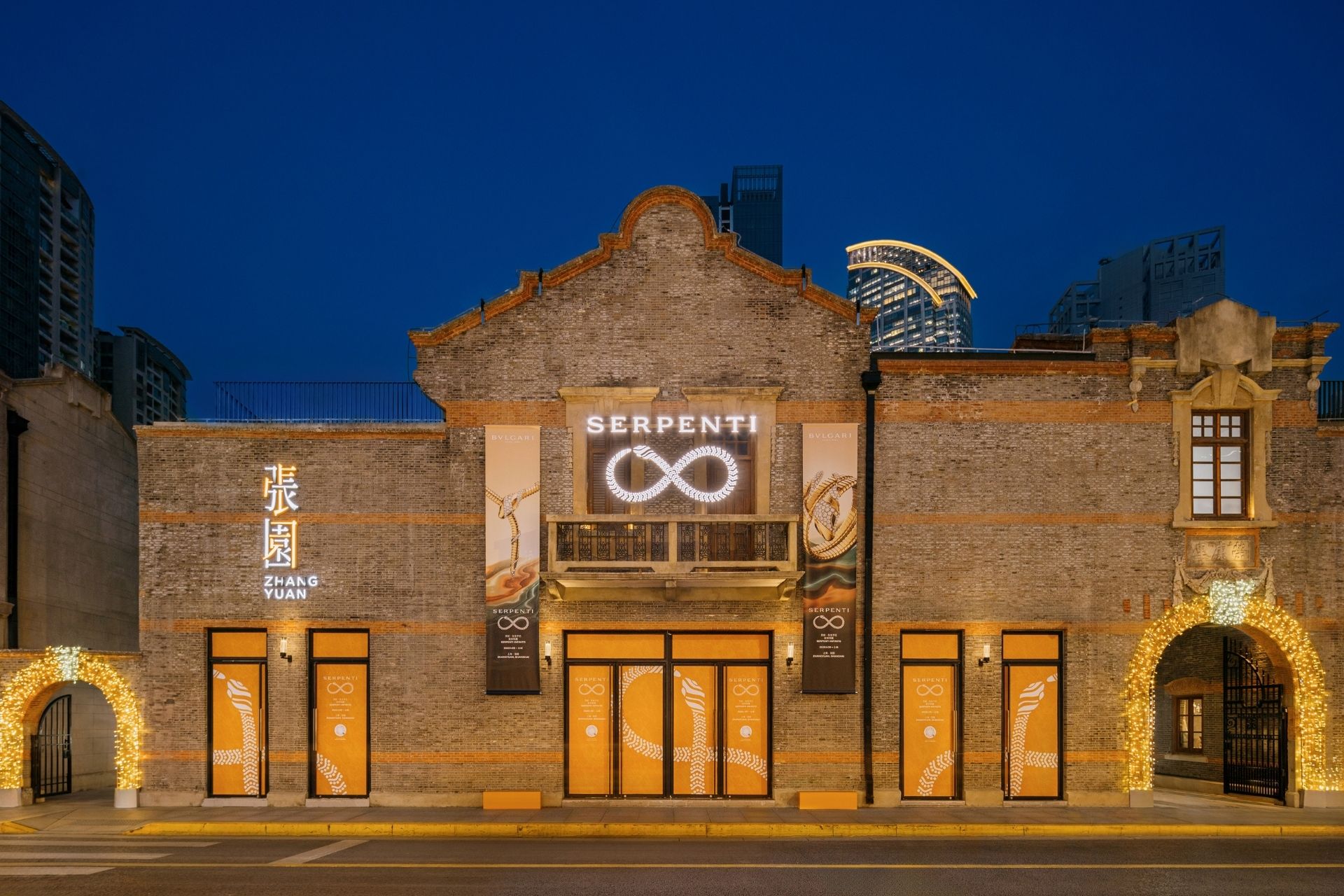
The use of social media platforms like Facebook and Instagram has enabled luxury brands to respond to consumer aspirations, rebuild their cultural universe, and constantly generate new dreams and desirability in the space, explains Anne Kaminsky, Global Client Partner Luxury at Facebook and Instagram.
A veritable tsunami has swept across the world of luxury. Now, more than ever, brands in the industry are turning to social media to connect with their consumers, thanks to its ability to turn data into highly targeted audience strategies, compelling storytelling techniques and seamless purchasing experiences.
Indeed, there has never been a more important time for brands to invest in the power of social media, particularly as its influence grows. With 80 percent of consumers in the sector interacting with luxury brands, influencers and their peers through platforms like Facebook and Instagram, according to a report by BCG and Altagamma, there is no denying that social media has become one of the most important channels for brands to focus their communications, and the number one influence on purchasing behaviour.
But how did social media come to dominate the scene so quickly?
Firstly, social media enables brands to constantly generate new dreams – the main drivers of the luxury sector – while leveraging the resulting desirability. This paradigm shift goes hand in hand with a profound transformation of the customer purchasing journey and an extraordinary increase in the power of e-commerce. In 2025, 25 percent of sales will be made online, up from 20 percent today.
More than half of Generation Z-ers say they buy luxury goods online, while more than 50 percent say that their purchases involve at least one Facebook product, and 89 percent of this “new generation” of luxury consumers (18 to 34-year-olds) use Facebook products on a daily basis, according to a Facebook IQ survey this year.
By moving onto platforms like Facebook and Instagram, brands have been able to respond to consumer aspirations, rebuild their cultural universe, and create new desires. They have reached new heights in terms of creativity, reinventing the art of storytelling with content that grabs the attention of consumers and involves them on an emotional level.
Ralph Lauren
To celebrate its 50th anniversary, Ralph Lauren rolled out a series of campaigns combining videos, carousels and stories – a strategy that allowed it to increase sales to millennials by 18 percent and increase the number of visits to its product pages by 41 percent.
Clinique, for the launch of its Clinique iD moisturizer, also invested in the creative potential of Facebook and Instagram. The idea really paid off: the cosmetics brand increased its notoriety by 13 points and increased “add-to-basket” by 29 percent. By reinterpreting their traditional codes, major retailers in the sector have also opened the way to more authenticity, intimacy, and special relationships.

Clinique ID Moisturiser. Photo: Courtesy.
Ralph Lauren, for example, has broken away from its tradition of secrecy by opening up the backstage at its catwalk shows. Another strength of social media is their ability to create tailored environments by using data and rolling out highly targeted audience strategies.
Driving these initiatives are results that speak for themselves. Louis Vuitton strengthened its reputation as an innovator by becoming the first luxury ready-to-wear brand to integrate advertising within Stories as part of its marketing mix.
According to a Brand Lift survey carried out for Louis Vuitton, this strategy allowed the high-end French fashion house to increase ad memorisation among people exposed to its campaigns by no less than 28 points!
While dreams take root online, they remain the first chapter in a story between the brand and the consumer, combining physical in-store experiences with new kinds of interactions and information gathering.
According to the Facebook IQ survey, 29 percent of luxury goods purchasers have already discussed their purchases on one of the Facebook platforms; this rises to 47 percent for millennials and high-income consumers.
As for information-gathering, 60 percent of consumers in the sector have read reviews and recommendations on Facebook and Instagram.
Social media allows you to keep your head in the clouds and your feet on the ground, offering a variety of ways of scoping out the most tangible aspects of the product: Instagram offers the services of a giant marketplace, and bots answer questions instantly, make suggestions, or offer instore appointments; tags redirect you to the brands’ e-commerce pages to show prices, and virtual reality makes it possible to try things on without visiting a physical store.
Do you need to generate a strong social media impact for your brand?
Social media also makes it simpler and quicker to make dreams come true. Opening hours are a thing of the past: consumers can rapidly purchase whenever they wish, thanks to a drastic reduction in friction points. Instagram’s Checkout feature, for example, makes it possible to get the desired product directly from within the app without visiting the brand’s website. Digital tech and social media are opening up endless horizons for luxury brands eager to share their culture.
By 2025, millennials will account for 50 percent of the luxury goods market and 130 percent of its growth, and the sector is set to become a model for the development of e-commerce by designing consumer pathways that keep its customers dreaming: experiences that are ever more interactive, seamless, rapid and innovative.
Cover image: Ralph Lauren. Photo: Courtesy.








